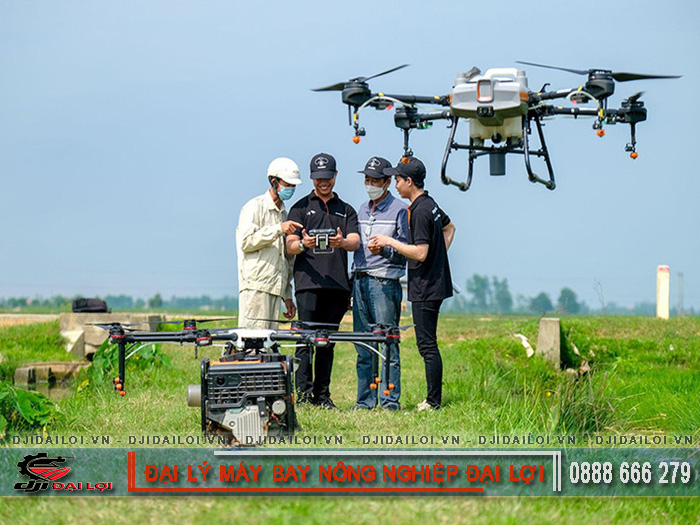
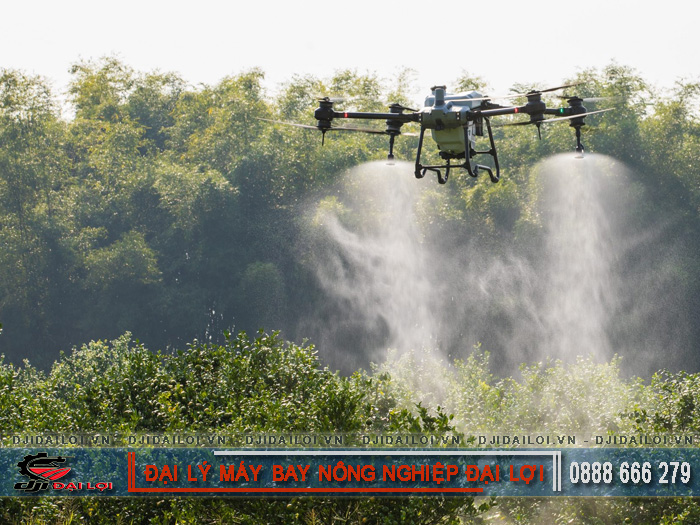
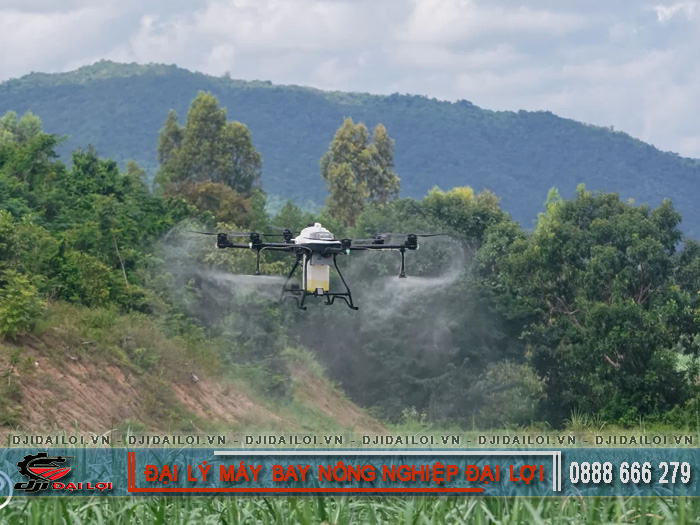
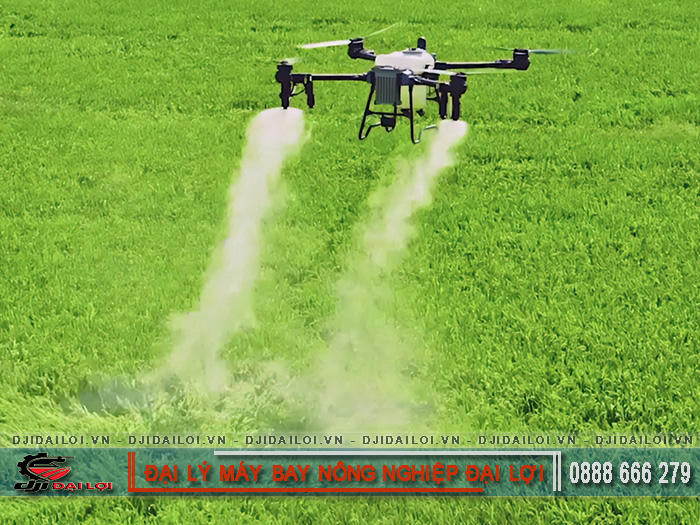
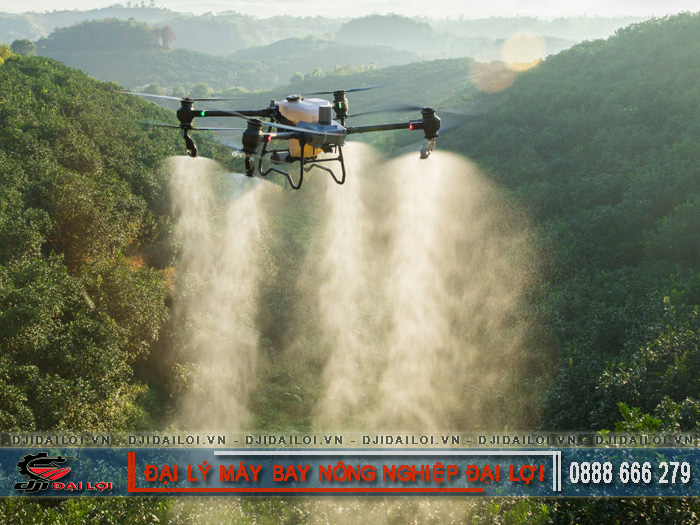


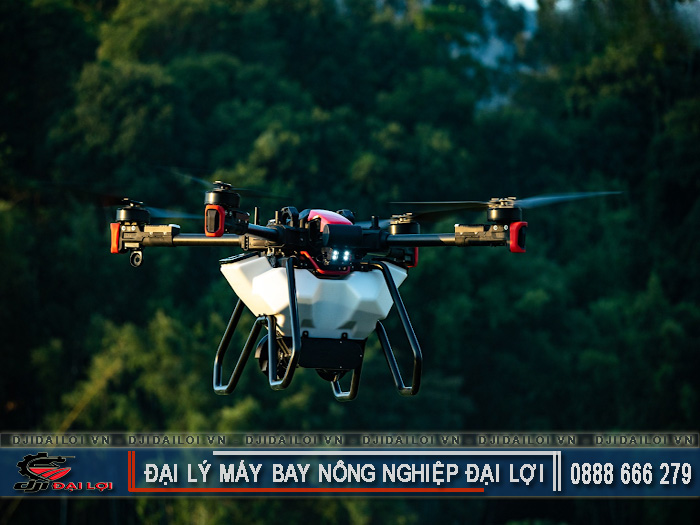


Mini crop spraying drones are unmanned aerial vehicles (UAVs) specifically designed for agricultural use. They help farmers save time, reduce labor, and enhance farming efficiency. This article explores their functionality, cost, usage, and tips for selecting the right device.

A mini crop spraying drone is a compact UAV equipped with spraying systems for pesticides, foliar nutrients, or fertilizers, designed to serve small-scale agricultural work.
These drones help farmers reduce manual labor, save time, and increase spraying efficiency in modern farming.
Compared to consumer drones used for filming or photography, mini spraying drones have specialized features:
Unlike large spraying drones, mini drones are compact and easier to deploy for small farm owners with limited land areas.
In Vietnam, commonly used models include:
One drone can replace 5–10 manual workers. Spraying 1 hectare takes only 10–15 minutes—ideal amid rural labor shortages and the need to speed up farm operations.
With precise navigation and sensors, mini drones reduce chemical waste and environmental drift, ensuring ecological and human safety.
Their compact design enables operation in:
With only 5–10 liters per load, mini drones require multiple refills for large areas, affecting work efficiency and speed.
Users must understand basic drone control, GPS setup, and software installation. Lack of experience may lead to crashes or uneven spraying.
Parts like motors, propellers, batteries, and sensors may wear out within 6–12 months. Replacement can be expensive, especially for imported models.
Modern mini drones can:
This helps minimize errors and maximize spraying efficiency.
Ultrasonic or radar sensors help:
Users can operate the drone via:
Flight data and spraying progress are monitored live for timely adjustments.
|
Criteria |
Mini Drone |
Large Drone |
|---|---|---|
|
Tank Capacity |
5–10 liters |
20–40 liters |
|
Coverage per Flight |
0.3–0.5 ha |
1.0–1.5 ha |
|
Operating Time |
~15 minutes |
~30 minutes |
|
Price |
40–80 million VND |
150–300 million VND |
Select based on land size, crop type, and investment budget.
Use mini spraying drones if you're a small-scale farmer or new to drone technology.
For cooperatives or large farms, combining 1–2 mini drones with a large one offers flexibility.
Affordable mini drones are now more accessible thanks to domestic brands and local assembly.
Features typically include:
Examples:
Note: Budget models may lack warranty and require setup knowledge.
Vietnam offers several imported models in the 55–90 million range:
Popular examples:
Advantages:
Some resellers lack proper import documents or Vietnamese manuals.
|
Brand |
Price Range (VND) |
Tank Size |
Warranty |
|---|---|---|---|
|
DJI |
85–95 million |
10L |
12 months, official |
|
XAG |
110–140 million |
10–16L |
Official agents |
|
Hylio |
150+ million |
16–25L |
U.S.-based, varies |
If you need a high-quality, reliable spraying drone, DJI is a solid mid-range choice with good support in Vietnam.
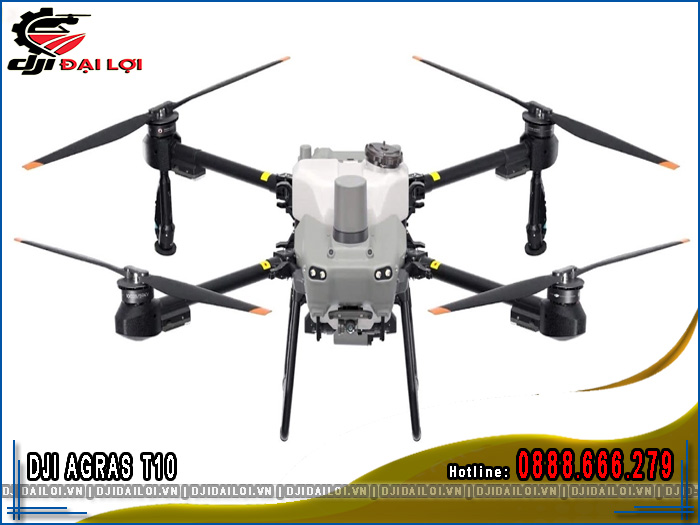
Always check all systems before flight to ensure safety and efficiency.
Steps to set up:
Some premium drones allow voice control or AI-based visual area detection.
Maintenance tasks:
Common issues:
Perfect for:
Though the upfront cost is high, the long-term labor savings make it worthwhile.
For orchards like durian, pomelo, jackfruit, or citrus in hilly terrain, mini drones are better than tractors or manual spraying.
The drone hovers close to the canopy without hitting branches, ensuring deep leaf coverage.
Cooperatives can share 1–2 drones among members:
Choose based on:
Prefer brands that:
Avoid unbranded products to prevent service issues later.
Check for:
Since mini crop spraying drones are high-tech devices, choosing a reliable supplier with long-term support is crucial.
Mini crop spraying drones are not just labor-saving machines—they represent a major step toward smart, sustainable agriculture. Knowing how to select and use them properly helps farmers reduce costs, increase yield, and protect the environment.